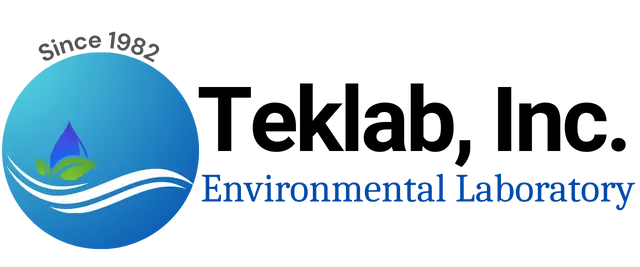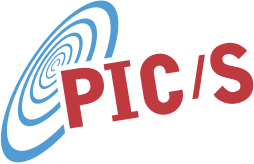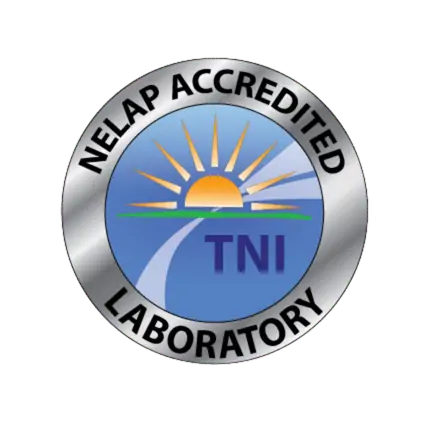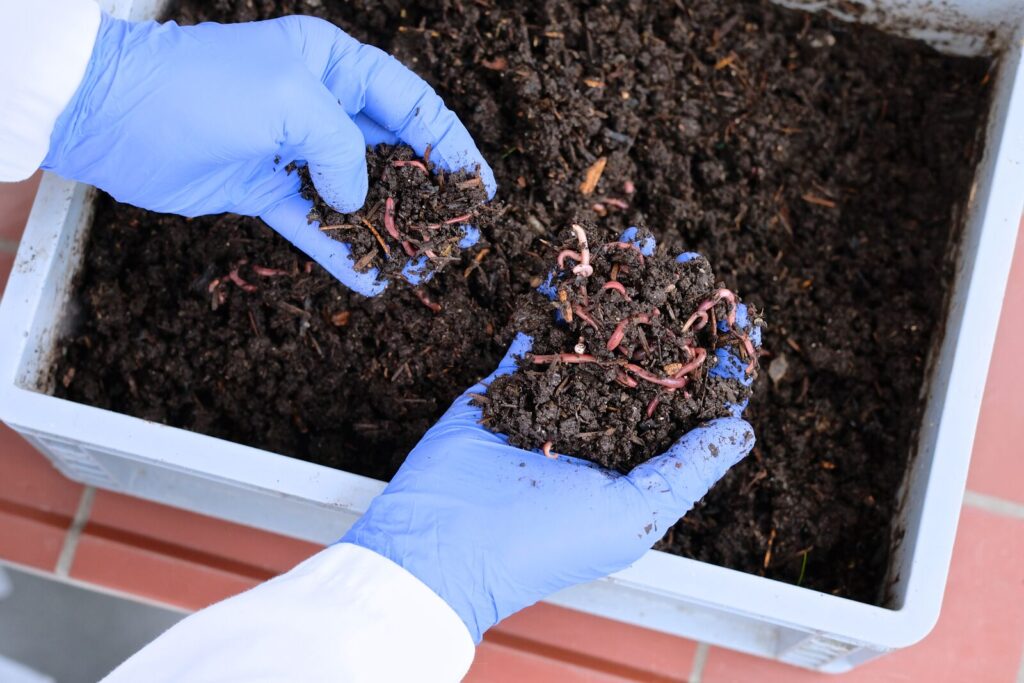Pharmaceutical Effluent Guidelines (40 CFR 439)
The U.S. Environmental Protection Agency (EPA) has promulgated effluent limitation guidelines and standards by contributing to 40 CFR part 439.These important laws and regulations are for the Pharmaceutical Manufacturing Industry to control the discharge of pollutants into the surface waters of the United States. The following test methods support the final rule:
- EPA Method 1666A – Volatile Organic Compounds Specific to the Pharmaceutical
Manufacturing Industry by Isotope Dilution-GC/MS. - EPA Method 1671A – Volatile Organic Compounds Specific to the Pharmaceutical
Manufacturing Industry by GC/FID. - EPA Method 524 – Volatile Organic Compounds required for a select set of compounds
listed in the Pharmaceutical Effluent Guidelines (40 CFR 439) using GC/MS.
(We have included a list of methods and their limits below)
Teklab has both the ability and experience to meet all of your Pharmaceutical Manufacturing Industry (PMI) analytical needs. We provide the Pharmaceutical industry with professional project managers, comprehensive data review and excellent turnaround times. We can set up a specific program for each facility based on your POTW or NPDES permits. And our Laboratory Information System (LIMs) can notify you each time a regulatory limit is exceeded; allowing prompt action to correct any problems.
There are four subcategories in the EAP regulations which are based on the type of operation performed at the facility.
- Subcategory A – Fermentation production
- Subcategory B – Extraction Products
- Subcategory C – Chemical Synthesis Products
- Subcategory D – Mixing/Compounding and Formulation
Contaminant Methods & Limits
💡These are commonly tested analytes and methods that Teklab has listed for your assistance.
Teklab makes it a priority to ensure every one of our customers is satisfied and receives the best service possible, we encourage feedback and utilize open communications to protect the integrity of our results. Our highly-trained staff is among the best in the business, from our field technicians to the analysts, all personnel is continually educated and skillful.
If you have any questions or would like to open up a line of communication to receive a risk-free quote for our testing services, please reach out using our listed directory located on the Contact page.






